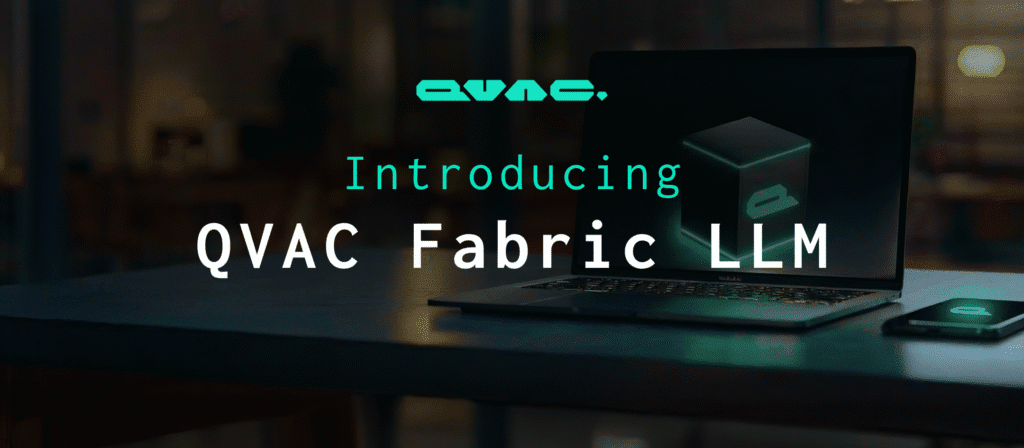Stablecoins are one of the most substantial innovations in how currencies, specifically the US Dollar, are used and made available to the world. It is no secret that the US Dollar is the most sought-after fiat currency in the world, yet despite that fact, it is still challenging for individuals to hold or acquire dollars in many countries outside of the United States.
Some countries actually have black markets for dollars where the dollars trade at a premium to prevailing forex rates due to high inflation in the national currency of the country. In others, only the wealthy can reliably access dollars.
This problem is further compounded in environments where the dollar is appreciating in value vs other currencies. A strong dollar has caused economic havoc for many emerging markets and limited access to dollars in these countries means the average person is forced to bear the burden of high inflation with little recourse.
While the cryptocurrency industry is often focused on a post-fiat financial order, it misses the fact that billions of people around the world simply want easy access to dollars.
Tether has not only created a way for people to access dollars as a tool for financial freedom it has created a system that strengthens the US Dollar. Previously, the global demand for dollars could only be satisfied with actual US Dollars.
In addition, based on the conservative nature of Tether’s management of its reserves, Tether has become a buyer of US Treasuries. In fact, in May, stablecoins accounted for more than 2% of the total Treasuries market which exceeded the amount owned by Berkshire Hathaway. Even today, Tether represents a significant buyer in the US Treasuries market.
This means that, in theory, all of the dollar demand which was previously unable to be satisfied can now be addressed using USD₮.
Tether is an important and powerful tool for the United States in maintaining the dollar’s role as the most stable, most used, and most sought-after currency in the world. In the ’70s, the United States secured the future of the US Dollar via the Petrodollar system where oil-producing countries only sold their oil in dollars. Large creditor nations that didn’t have access to sufficient energy reserves ( Japan, Europe, etc) had to acquire dollars to purchase oil. This strengthened the demand for the US Dollar during a monetary transition and kept both the dollar and the United States in a position of strength. Trade surpluses were then recycled into US treasuries.
The dollar stayed in a tight range in regards to oil for the next 30 years, which stabilized US Treasuries as foreign investors had confidence Treasuries would buy a relatively consistent amount of oil. This broke down during the subprime crisis, fuelled by certain geological realities which meant the most prolific oil wells crossed their peak production, and oil broke out of its three-decade range.
While China continued to be a large buyer of US Treasuries for some time, many countries (including China) have reduced their purchasing of Treasuries and BRICS countries have been evaluating a different monetary arrangement.
USD₮ provides the United States with a similar tool that the Petrodollar regime offered for the digital era. Many advantages that the US gained from the Petrodollar system and the role of US treasuries as a global reserve asset can be replicated with USD₮ and other stablecoins.
Tether’s invention, a digital dollar, is a monetary policy tool for the digital era. One that we hope the United States will encourage.
Update on Reserves and Top 5 Auditor
Tether continues to deliver on its commitment to reducing its commercial paper holdings.
Tether’s portfolio holds no Chinese commercial paper and as of today, its total commercial paper exposure
has been reduced
yet again to a mere ~3.7B (from 30B in July 2021), with a further decrease to ~200M at the end of August 2022 and will be zero by end of October 2022.
Just last month, Tether announced that it had
hired BDO
, the 5th largest audit firm in the world and that it would be looking to publish monthly proof-of-reserves. We hope the addition of this top-ranked auditor will help us satisfy the request of our community members for greater transparency.








